Senenmut was one of the closest people to the famous queen Hatshepsut. His impressive tomb contains very mysterious decorations which suggest that he was not only a government official and architect, but also an astronomer.
The tomb was discovered by a team led by American archaeologist Herbert Winlock. He was a director of the Egyptian Expedition of the Metropolitan Museum of Art. They worked at the tomb during the 1925 – 1927 seasons.
The tomb is known as TT353. Although it has been associated with him, it may not be the place of Senenmut’s real burial. He was probably buried in another Theban tomb – TT71. However, this is also uncertain and some researchers suggest that he could have been buried in a third, unknown, tomb.
Tomb TT353 is located at the site of Deir el-Bahri, close to the temple of Hatshepsut, which Senenmut is said to have created. Although the burial chambers did not hold the greatest treasures of Ancient Egypt, the ceiling decorations are impressive.
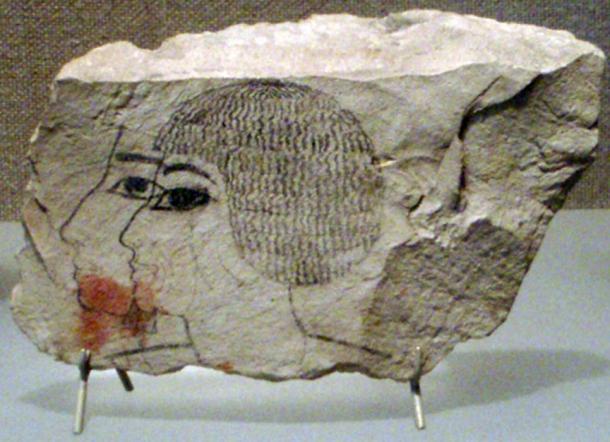
A Tomb Showing the Heavens
The tomb is dated back to the period of the 18th Dynasty – c. 1473 BC. It would not be a site of much interest without its ceiling and beautiful paintings. The walls are decorated with impressive celestial diagrams. The southern and northern panels present circumpolar constellations. They are depicted in the form of discs. Each one of them presents 24 hours of a day, deities of Egypt, and the lunar cycles. It is of interest to note that the constellations presented of the diagrams are well known to modern people. For example, one of them depicts the Big Dipper. The painting in the tomb proves that Ancient Egyptians already knew of this constellation.
The Egyptologists also found out that the decoration of the tomb depicts the circle of life related to the seasons of the year. The four circles on the top of the painting refer to Akhet – a period which lasted from July to October.
Another two circles show the planting season called Peret, which started every November and ended in February. The last four circles are related to the harvesting season called Shomu, which lasted between March and June. Apart from this, the diagram presented the stars Draco (as a hippopotamus), Ursa Major, Sirius, and Orion. The most mysterious part of the painting is related to the lack of the planet Mars.
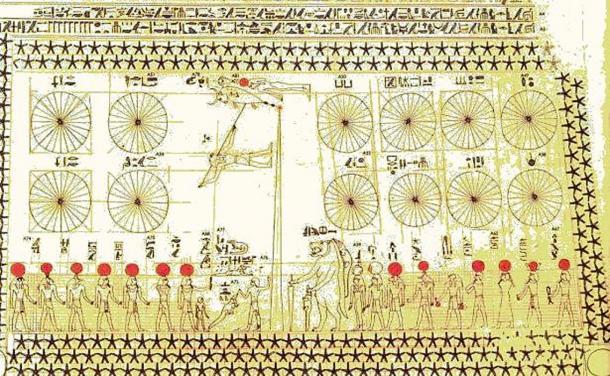
Searching for Mars
According to astroarchaeology specialists, the southern wall of the tomb’s ceiling was decorated with the map of the sky dated to 1534 BC. The ceiling contains planets such as Mercury, Venus, Jupiter, and Saturn. However, there is no obvious depiction of Mars.
It is possible that Mars was painted as an empty boat located in the west. If so, it could have been connected with Mars being in retrograde – not in line with the other planets. The astroarchaeologists believe this event took place around 1534 BC.
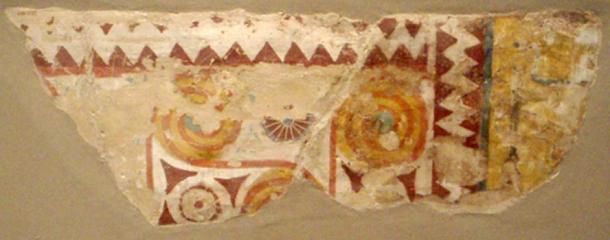
Another explanation could be related to the planet’s apparent backward movement. This phenomenon was well known in Ancient Egypt, so the symbol of the empty boat could have been related to the position of Mars in those days.
Decoration or Depiction of Reality?
Researchers suppose that the astronomical decoration of the tomb was also a copy of a papyrus. Maybe it was a document created by Senenmut which presented the results of his own observations.
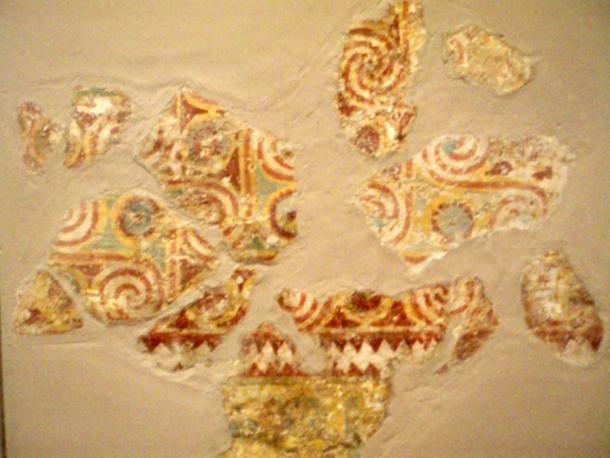
Not everyone agrees on this idea however. According to Juan Antonio Belmonte and Mosalam Shaltout, the analysis of the ceiling as a scientific work by Senenmut is a mistake. They wrote:
“[W]e can conclude that the astronomical ceiling of the tomb of Senenmut at Deir el Bahari (# 353) does not represent any real astronomical event but rather a schematic celestial diagram that might have been used previously to decorate water-clocks (where Mars was not present within the outer planets because Horakhty was already represented somewhere else as a manifestation of the sun-god Re). That diagram was copied to the ceiling in the first chamber of tomb 353, incorporating new elements that were relevant to Senenmut’s particular situation such as the “new” female name of the planet Saturn, the out-of-place image of the “standing man” (the constellation Nekht?) or the monthly hour-circles (earliest unsuccessful attempt to represent the stellar charts of the Ramesside clocks?), not to be repeated in any other celestial diagram.”
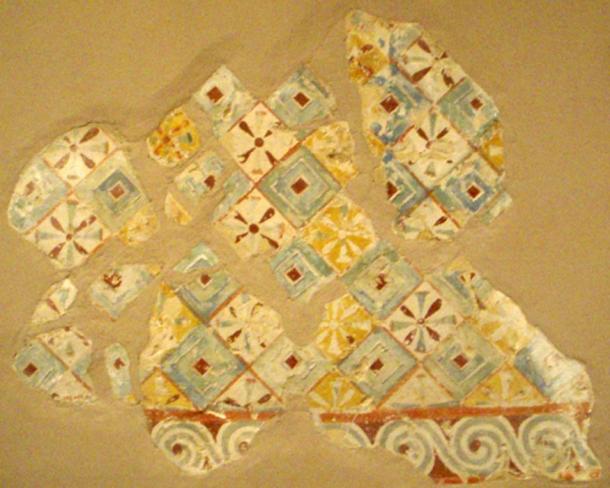
The Importance of Decoration
It is unknown why the tomb was never finished and if the owner had to be buried in another one. When TT353 was explored, the paintings were damaged, but they are still easy to read. The discovery of the painting helped the researchers in many ways. First of all, the tomb is one of the greatest examples documenting Egyptian astronomy, which was a very important scientific field since the first dynasties.
Secondly, the ceiling shows how ancient Egyptians may have understood the relationship between mythology and astronomy, which details were important to describe the phases of the moon, the seasons of the year, and an understanding of the heavens above them.
Senenmut’s Secrets
Senenmut is usually mentioned in literature as a noble in the court of Hatshepsut, or even a character of a very romantic story related to his possible romance with the female pharaoh. This hypothesis has never been confirmed and has as many supporters as it does opponents to the idea.
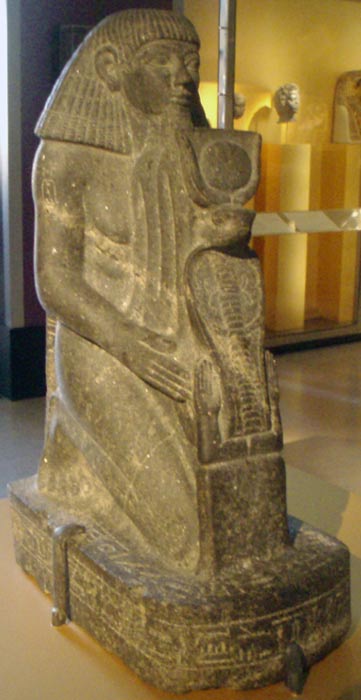
Nonetheless, Senenmut’s greatest gift remains inside one of his tombs. He left an impressive message to the world which tells a story of how his society understood time, seasons, and the universe. This decoration provides Information about the calendar of ancient Egyptians and their representation of deities which were related to specific aspects of ancient Egyptian astronomy.